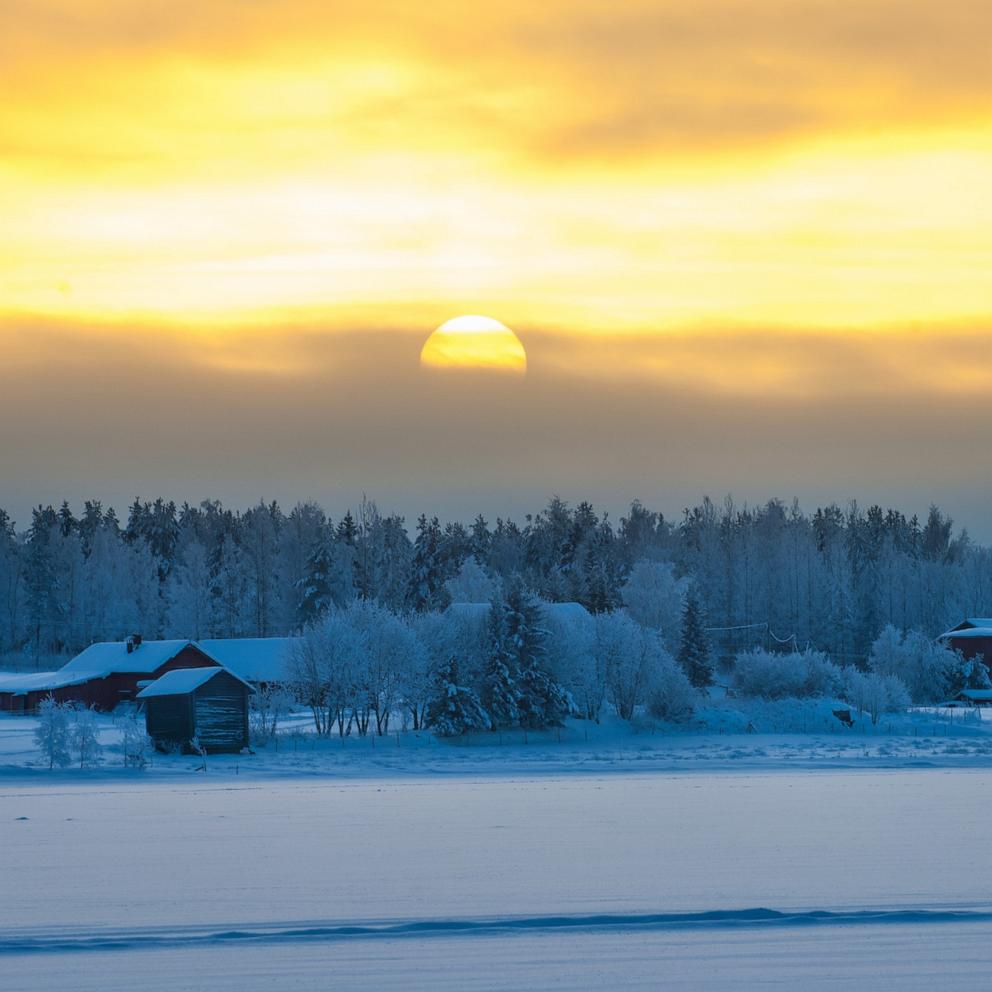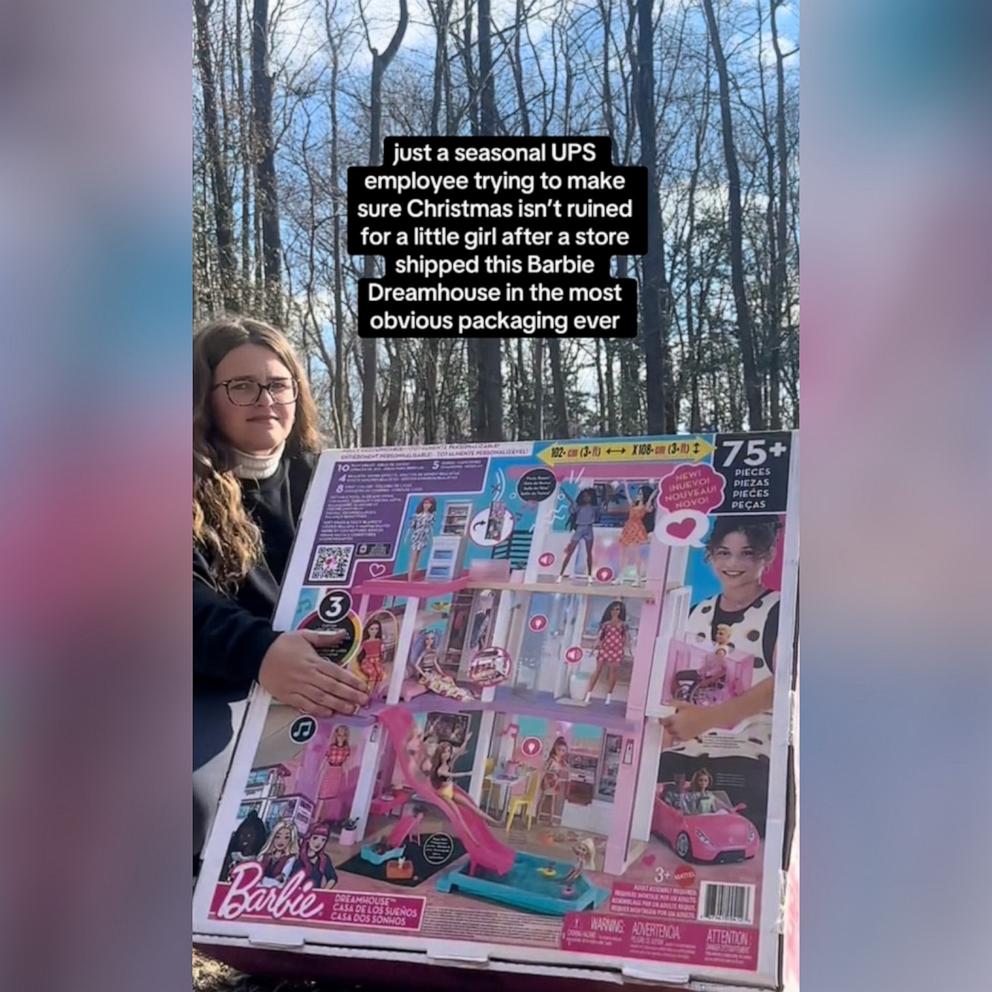How cowboys, construction crews and a canoe club kept other Maui fires from becoming 'another Lahaina'

The devastating wildfires that decimated the Hawaiian island of Maui have claimed the lives of at least 115 people, according to authorities, with hundreds more still missing.
In addition to the Lahaina fires, there were at least two other fires on Maui -- the Upcountry and Kihei fires -- which were also racing towards populated areas and could have been massive and deadly, according to Maui residents who helped battle the blazes.
Coordinated efforts by ranchers, construction companies, Mahi Pono and the Maui Fire Department helped stop the progress of the fires as they approached the communities of Olinda and Kihei.
In the smaller but more destructive Kula blaze, a makeshift fire brigade of canoe paddlers, cousins and neighbors kept the flames from consuming even more structures.
People stepped up in unprecedented ways showing an incredible amount of generosity and compassion.
Olinda Fire
A phone call in the early hours of Aug. 8 got Haleakala Ranch president and CEO Scott Meidell jumping out of bed and making phone calls of his own. Meidell said fighting brush fires is part of his job, but this was a big one. The fire's size and ferocity mandated work with the Maui Fire Department, other ranchers, private contractors and construction companies, all of whom he said did their part and more.
"I've never been more proud to be a member of this community," he said. "From companies, corporations, to individuals [and] families… people stepped up in unprecedented ways showing an incredible amount of generosity and compassion."
Meidell said the terrain was part of the challenge. Video shows bulldozers ascending steep hills Upcountry and navigating jagged lava above Kihei. The weather conditions were even worse, he said. Wind kept helicopter support grounded in the early part of the fires, so the firefighting groundwork was even more vital.

"We are in a really low humidity drought environment," he said. "With these high velocity winds, it's a perfect recipe for catastrophic fire."
Ken Miranda, general manager of Kaonoulu Ranch, drove his water truck up from Makawao to help spray down grassland and contain the spread of the fire threatening homes along Haleakala Highway. The eucalyptus and waddle trees were most impacted, he said.
"It was all on fire," he said, describing how the forests looked as he drove up the mountain. "I had to bail out and move branches off the road."
When he arrived, he found grassland abutting a home on fire.
"I killed off the initial fire that was coming into the yard of one house, soaked down the rest of the gulch at the lead edge of the fire, then I had to reload," he recounted.
On his second trip up, he brought a chainsaw and a friend; the road was closing in with fallen branches. The house was saved, but in the Olinda fire, three structures were destroyed and 1,081 acres burned.
Miranda's wife Morag opened the Oskie Rice Rodeo arena and grounds for any livestock that was in the fire's path. She said horses, cattle, sheep and goats were housed. Horses from Ma'alaea were evacuated along with many Upcountry animals. In the aftermath of the fire, Kaonoulu Ranch has fed hundreds of firefighters, clean-up crews, and DNLR employees assisting in the upcountry recovery efforts.
Pulehu fire
Aug. 8 also saw the ignition of a fire above Kihei in the Pulehu area that eventually grew to 2,000 acres. Meidell used satellite imagery to show the burn scar from the fire.
It's clear from the blackened land in the photo that the fire's trajectory was moving down the mountain directly towards the Ohukai neighborhood of Kihei, Meidell and others who fought the fires said.
Miranda sent the ranch's bulldozer down to the Pulehu fire to help create firebreaks there. He said crews brought water tankers and other dozers from myriad Maui companies and individuals, including Goodfellow Brothers, Haleakala Ranch, Mahi Pono, Alpha Construction, Ranch Tech Fencing, PB Sullivan Construction and Chris Haines.

The crews bulldozed large swaths of low brush and grasslands, often up steep terrain, edging right up against the fire at times as evidenced in videos they shared. The practice of removing dry grass and scrub brush denies fire the fuel it needs to progress.
Once the wind speed was below a safe threshold, videos shared by the crews above Kihei show National Guard Chinook helicopters hauling buckets and dropping thousands of gallons of water on advancing flames. The crews said these efforts, in conjunction with the firebreaks, eventually halted the fire's progress and that the timing was critical. The satellite imagery provided by Haleakala Ranch shows the fire was stopped a mere half a mile from the corner of Ohukai and Hoalike streets, sparing an estimated thousand residences.
The Hawaii Firefighter's Union estimates that 60 to 70 firefighters are on duty at any given time on Maui. With four fires spread out over a more than a 35-mile distance from each other, Meidell characterized the multi-day Upcountry and Kihei efforts from the Maui Fire Department as "outstanding."
He said that the communication and coordination between MFD and private entities allowed the groups to maximize all the resources they could contribute. Miles of firebreaks were bulldozed, gates opened, livestock moved, and perimeter areas near homes defended with water trucks and helicopters. "The fire department was doing everything it could. But with so many fronts going on, they were taxed to the max on their manpower. So, the private ranches and construction companies jumped in, as they often do, and assisted the fire department. And it was it was pretty neat, seeing everybody working side by side," he said.
Miranda said that the fire breaks and interventions in the Pulehu fire were critical. "They really prevented Ohukai and Kihei from becoming another Lahaina," he said.
He added that the dozer and tanker crews that put out the fire stayed down in the area for two or three days making sure no flare-ups caught hold and restarted the blaze.
Meidell from Haleakala Ranch added, "Every, every bit of this community was vulnerable to fire, because of the winds and the fuel loads and the low humidity and so it was a matter of strategically orienting these fire breaks where we anticipated the fire to run and interrupt that fuel supply."
Kula fire

In Kula, fires around Sandalwood Inn spurred neighbors, cousins and a canoe club to battle the flames with whatever water and tools they could find. Ka'uhane Lu'uwai evacuated his mother Helen Lu'uwai from her home on Kulalani Drive and then set to work trying to protect her home.
"We got there and it was like an inferno. I mean, winds gusting 50 to 70 miles an hour, embers were flying over the neighbor's house, and it just exploded," Ka'uhane Lu'uwai said. "We were like, what's going on? It was like out of the movies."
The longtime paddling coach at Hawaiian Canoe Club said he called some of his fellow club members, and about 40 men, including some of his cousins and Ulupalakua Ranch employees, showed up with water pumps purchased from Home Depot and 300 gallon water tanks that fit in the beds of their pickup trucks.
Ka'uhane Lu'uwai also found a hose that the fire department had laid out and connected to hydrants. With MFD crews fully committed to fighting back the blaze in the gulch, Ka'uhane Lu'uwai picked up the hose and started attacking the fire.
Once they had wet down his mom's house, the ad-hoc fire brigade went through the neighborhood with the tanks, pumps and hoses in their trucks and hosed down buildings at Sandalwood Inn, which had already lost one structure.
In the end, all of the other buildings at the inn survived. Miriam Loui, one of the owners, expressed her thanks.
"I don't know these people, but they were angels," she said. "A big mahalo nui from the bottom of my heart."
When asked what he thought might have happened had these paddlers, cousins, and ranchers not shown up, Ka'uhane Lu'uwai responded, "Disaster."
"More lives could have been lost, more property," he said.
As he contemplated the people that showed up to help him and the way so many more people are showing up for Maui, he choked up, adding, "That's just all of us doing our kuleana, our part -- living pono, doing the right thing."







